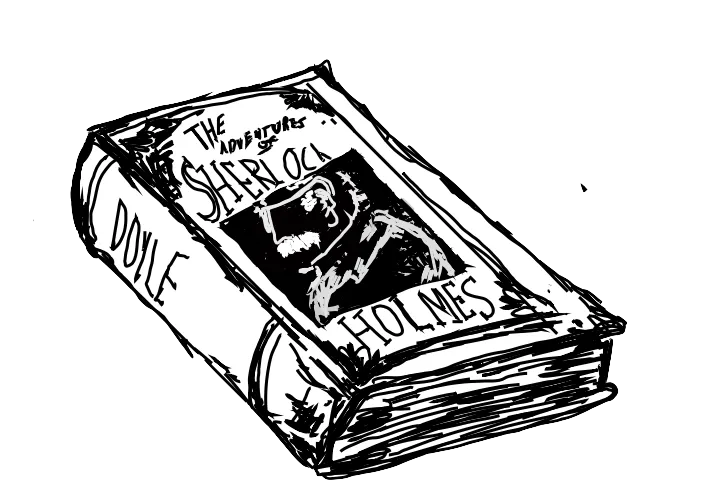Conclusions
Findings and Significance
Our research question was “How often are characters of each gender given agency?”. Based on the time period in which Sir Arthur Conan Doyle wrote these stories, in which men often took on a more active role in society and women were expected to be silent supporters, we hypothesized that men would be given more agency, and that would be shown through a greater number of actions and more spoken words than female characters. After our research and analysis, we have concluded that our hypothesis was correct – men do, in fact, possess more agency than their female counterparts.
This research is important because it confirms our ideas we hold today of how society functioned in the late nineteenth century. It can be assumed that Doyle wrote fewer female characters with lesser amounts of agency than men because it wasn’t prevalent enough in his own community to be comprehensible or sufficiently realistic to his readers. The stories are fiction, but there is a component of reality that brings them to life.
Fascinating Finds
While reading and marking up the corpus, we happened to notice an interesting commonality. We have concluded that Doyle doesn’t present female characters as often as male characters; however, when he does, he writes in a conversation between Holmes and Watson in which they discuss their bewilderment that a female could be so strong and independent. This is perhaps so noticeable because such a conversation is never held about any male character, likely since women at the time were thought to be in perpetual need of protection by men.
Furthermore, we noticed that Doyle refers to the “womanly instinct” quite often. Many of his female characters credit their success in dealing with tense situations to their “womanly instincts”. In addition, Holmes and Watson often credit female successes to “womanly instincts”, as well. This was interesting because Doyle credited male success to their intelligence, courage, and strength. At the time of its creation, these were not traits often associated with the female persuasion, so it might be seen as strange to the readers at the time of publication that Doyle would describe female characters in such a way. Women, even today, are said to have a maternal instinct, which some believe makes women better caretakers for children than men and to them, rationalizing the expectation that they will stay home and take care of children while men go out into the world away from their offspring. It can be inferred that the maternal instinct is not far off from Doyle’s so-called “womanly instinct”, crediting her gender more than her as a person.
The End
Throughout this project, we have been able to determine, through detailed markup of actions and spoken word count, that Sir Arthur Conan Doyle gives his male characters a more active role, or more agency, within each story than his female characters, if he even features one at all. This conclusion is likely indicative of the societal standards and expectations of the time period in which the Sherlock Holmes collection was published, as we predicted in our hypothesis. If we had more time, we would have utilized more stories, which would have likely further proved our hypothesis. Additionally, we would have looked at the alliances characters of each gender tend to take, in terms of whether they seem to side with Sherlock Holmes or not, as we expressed in our original research question. We had limited time and weren’t able to execute all we initially planned on doing, but we are proud of the work that was done.



